As Iran Fires at Israel, Palestinians Get Caught in the Crossfire

© Mohamad Torokman/Reuters


© Mohamad Torokman/Reuters


© Geoffroy Van Der Hasselt/Agence France-Presse — Getty Images


© Geoffroy Van Der Hasselt/Agence France-Presse — Getty Images


© Abdul Goni/Agence France-Presse — Getty Images


The EU and Germany have topped up Ukraine’s Energy Efficiency Fund (EEF) with an additional 18 million euros ($20.7 million) to expand their support for Ukraine’s energy independence and green recovery, the EU Delegation to Ukraine said on June 11.
The move was announced at the 10th meeting of the delegation's Coordination Council in Kyiv.
The EU provided 13 million euros ($15 million) of the new funding, while Germany's International Climate Initiative (IKI) provided 5 million euros ($5.7 million).
The International Finance Corporation (IFC), the investment arm of the World Bank, will continue to manage the EEF’s trust fund.
The fund, established in 2019, is split into two programs: VidnovyDIM, which helps repair war-damaged homes, and EnergoDIM, which co-finances grants to cut energy consumption and costs by installing new insulation, windows, and heating systems.
“Today, when Russia is shelling Ukrainian homes almost every night, the VidnovyDIM Fund program helps families cover the costs of repairing walls, roofs, and windows so that they can return home safely and with dignity,” EU Ambassador to Ukraine Katarina Maternova said.
“In parallel, through the EnergoDIM program, we continue to support the thermal modernization of old buildings, which allows us to reduce energy consumption and monthly costs.”
Since 2021, the fund has grown from 90 projects to 1,500 projects, in cooperation with homeowners’ associations, and helped Ukraine save 300 kilowatts per hour in energy consumption– as much as the city of Chernivtsi consumes. The EEF has helped over 217,000 families modernize and repair their homes, of which half were covered by the VidnovyDIM program.
The new financing will improve the efficiency of grants, raise the grant size to meet demand, and help more people under Ukraine’s environmentally sustainable “Build Back Better” principle. The grant limit should increase to more than 200,000 euros, said Ukraine’s Development of Communities and Territories First Deputy Minister Alena Shkrum.
The EFF will now be able to resume requests, which were paused due to the high number of applications. Around 10% of Ukraine’s housing stock has been damaged or destroyed, while much of the country’s heating system is from the Soviet era and inefficient, with apartments unable to control the heating in the winter.
Ukraine’s energy grid has been targeted relentlessly by Russian attacks, causing widespread energy instability across the country. At the same time, bills have increased for electricity and heating, frustrating citizens who have already taken a financial hit due to the war.
The fund has modernized homes and schools to become more energy efficient, which not only cuts costs but also retains warmth during blackouts, said the Shkrum. More Ukrainians are beginning to understand the importance of energy efficiency due to Russian attacks, “which is why the fund should continue functioning, reforming, and developing further,” she added.
 The Kyiv IndependentDominic Culverwell
The Kyiv IndependentDominic Culverwell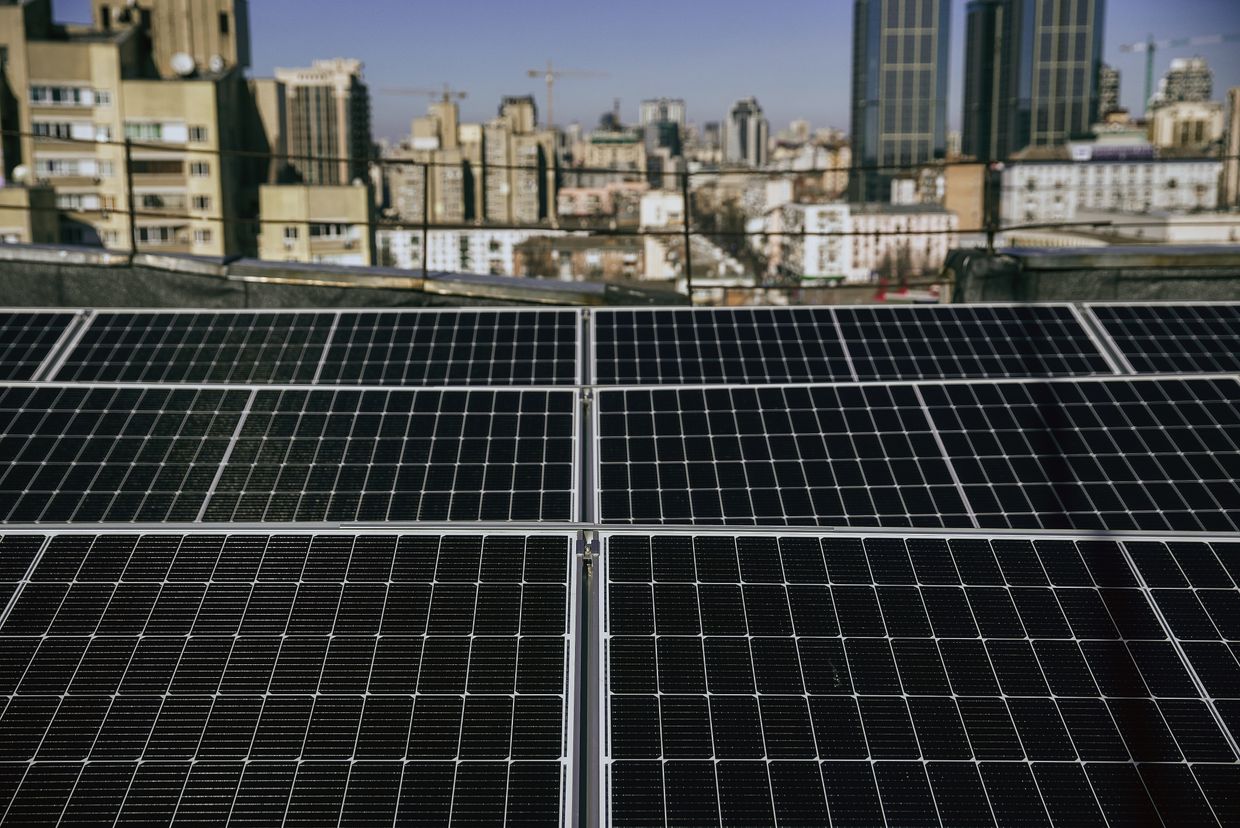


© Pool photo by Alex Brandon


© Zain Jaafar/Agence France-Presse — Getty Images


Western companies have paid at least 40 billion euros ($46 billion) in taxes to Russia over the past three years, according to an investigation by investigative outlet Follow the Money published on June 10.
This figure represents almost one-third of Russia's defense budget for 2025.
Seventeen of the 20 largest foreign corporate taxpayers in Russia come from G7 and EU countries, Ukraine's main international supporters, the investigative outlet wrote, citing an earlier report by the Kyiv School of Economics (KSE) and the B4Ukraine association.
Foreign firms still operating in Russia represent a crucial lifeline for Russia's war chest amid Western sanctions and skyrocketing war expenditures.
Earlier reports by KSE said that only 472 of over 4,000 foreign companies have withdrawn from Russia after the outbreak of the full-scale war in Ukraine in 2022, while 1,360 have scaled down their operations.
Austrian bank Raiffeisen remains the largest European payer of corporate taxes in Russia, with 457 million euros ($522 million) paid only in 2023. In total, U.S. companies generated the greatest revenues for Russia, followed by German commercial entities.
Philip Morris tobacco company, PepsiCo, UniCredit Bank, Mars, and other Western business giants have also continued filling Russian coffers, even though Western governments have donated some $170 billion in military aid to Ukraine to face Russian aggression, according to the investigation.
The firms provided various explanations for their continued presence in Russia. Some argued that their products are essential for Russian consumers, while others cited concern for the safety of their employees, the outlet reported.
Follow the Money also noted that Russia makes it difficult for companies to exit its market, for example, by allowing them to sell their assets only at extremely low prices. Russia has also previously directly seized assets of some companies that had remained in the country.
Companies that have decided to leave the market reportedly had to pay over $170 billion in write-offs and exit taxes.
Russian President Vladimir Putin called for punitive action against Western companies still operating in Russia, saying they must be "strangled" in response to what he described as Western attempts to suffocate the Russian economy.
Despite the rhetoric, Russia continues to explore paths for re-engagement with foreign businesses. In February, Putin instructed his government to prepare for the eventual return of Western firms.
Still, no formal requests have been received from companies seeking re-entry, according to Dmitry Medvedev, deputy chairman of Russia's Security Council and former president.
 The Kyiv IndependentWojciech Jakóbik
The Kyiv IndependentWojciech Jakóbik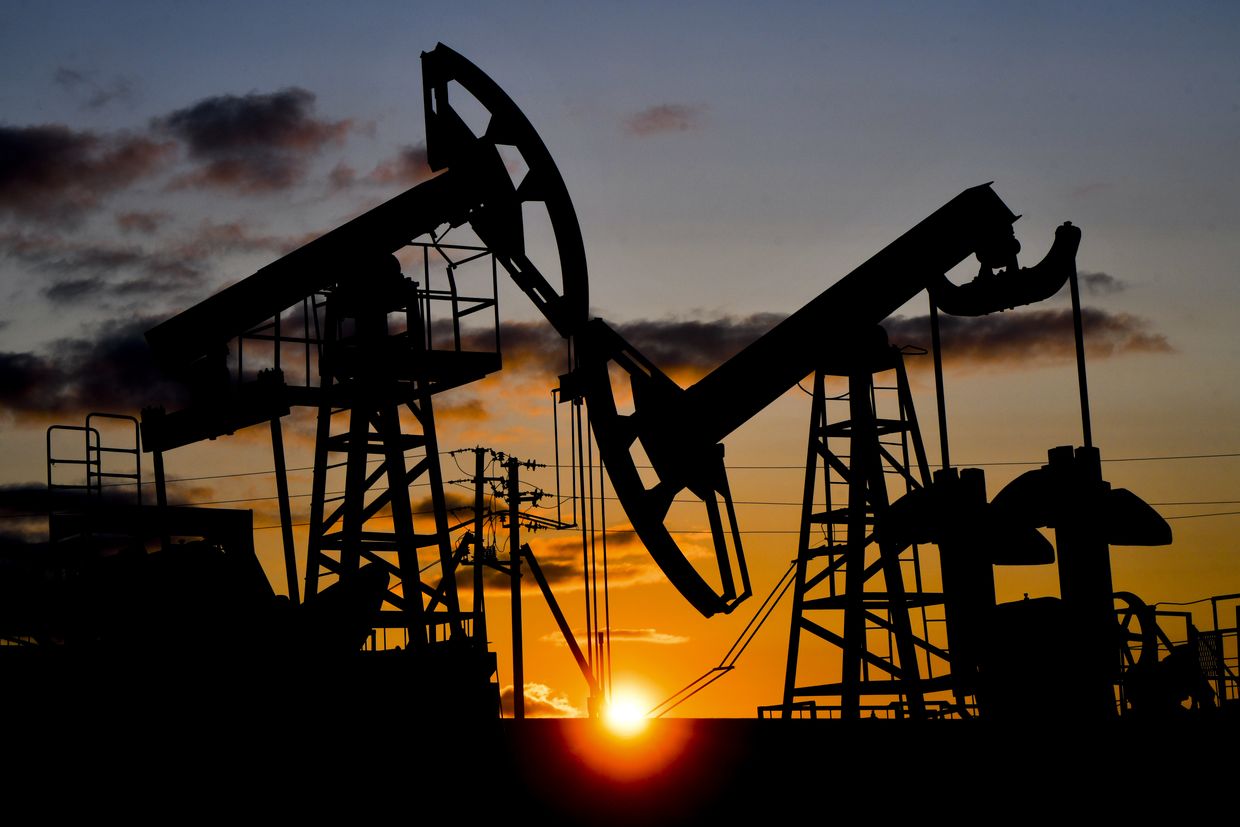
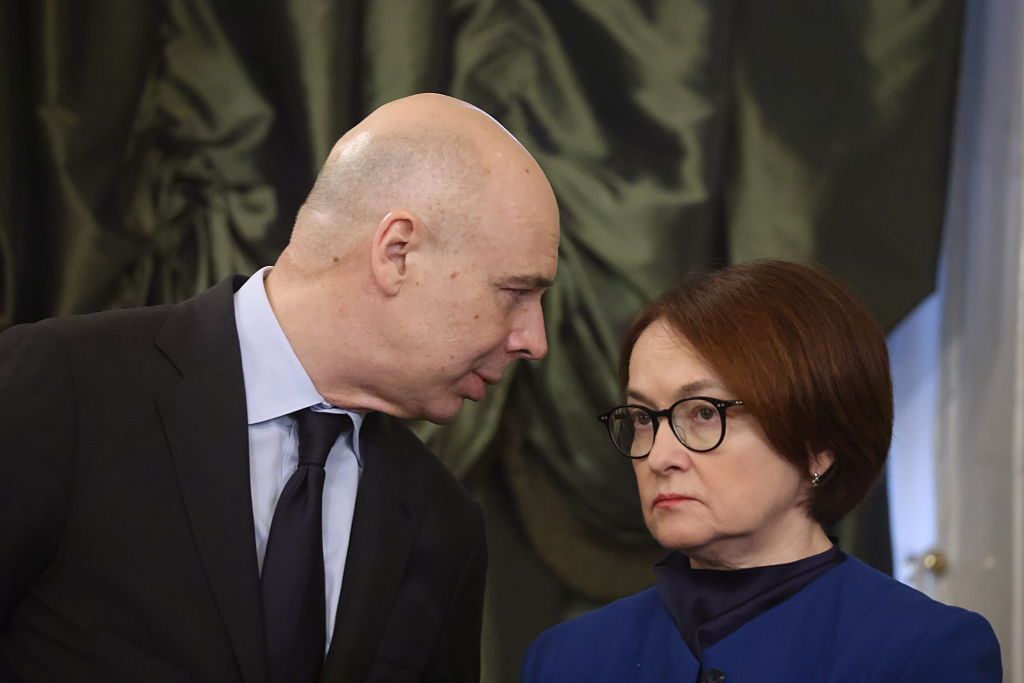

Russia's central bank on June 6 lowered its soaring interest rate from 21% to 20%, indicating easing pressures from inflation.
The decision marks Russia's first rate cut since September 2022.
The central bank decreased rates by 100 basis points, bringing it to 20% from the 21% rate established in October 2024 — the country's highest level since the early 200s. The move follows a drop in inflation, which fell from 10.7% in January to 6.2% in April, according to Russian official data.
"While domestic demand growth is still outstripping the capabilities to expand the supply of goods and services, the Russian economy is gradually returning to a balanced growth path," the central bank said in a statement on June 6.
Still, fiscal policy will remain tight "for a long period" as Russia aims to return inflation to its 4% target, the bank said.
 The Kyiv IndependentDominic Culverwell
The Kyiv IndependentDominic Culverwell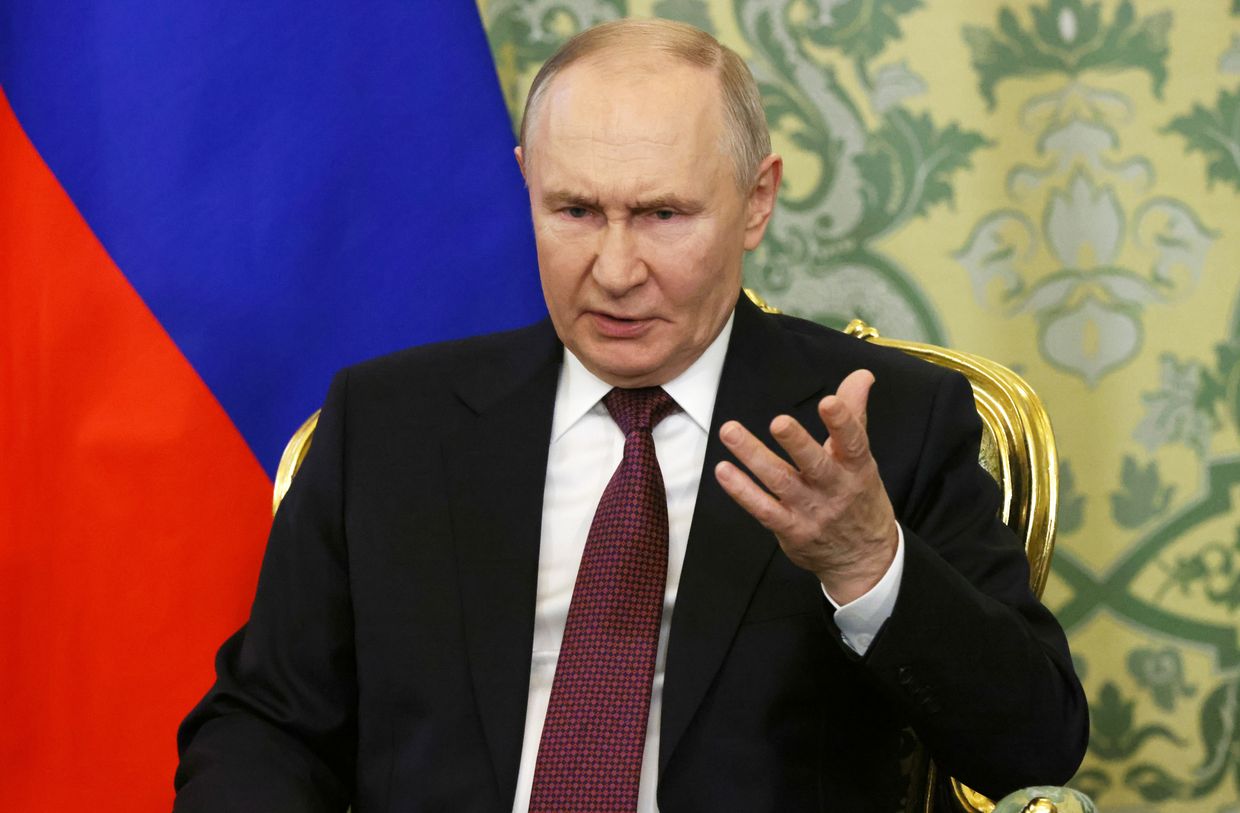
The rate decrease comes amid pressures from politicians to lower rates due to concerns of stagnating economic growth.
Russian Economy Minister Maxim Reshetnikov on June urged the central bank to cut rates in order to boost growth, aiming to achieve a 3% growth target set by Russian President Vladimir Putin.
Elvira Nabiullina, the governor of the Russian central bank, has been hiking borrowing costs in response to skyrocketing inflation. Nabiullina has been credited with keeping the Russian economy afloat as the West imposed massive international sanctions following Moscow's full-scale invasion of Ukraine.
Putin, however, has expressed displeasure with the decline in private investment due to the high cost of credit.
Russia has been forced to slash key projects across various sectors in the face of an economic slowdown, brought on in part by plummeting oil prices. Major Russian exporters have also cut down on rail shipments of metals and oil products, even beyond earlier projected reductions.
 The Kyiv IndependentLuca Léry Moffat
The Kyiv IndependentLuca Léry Moffat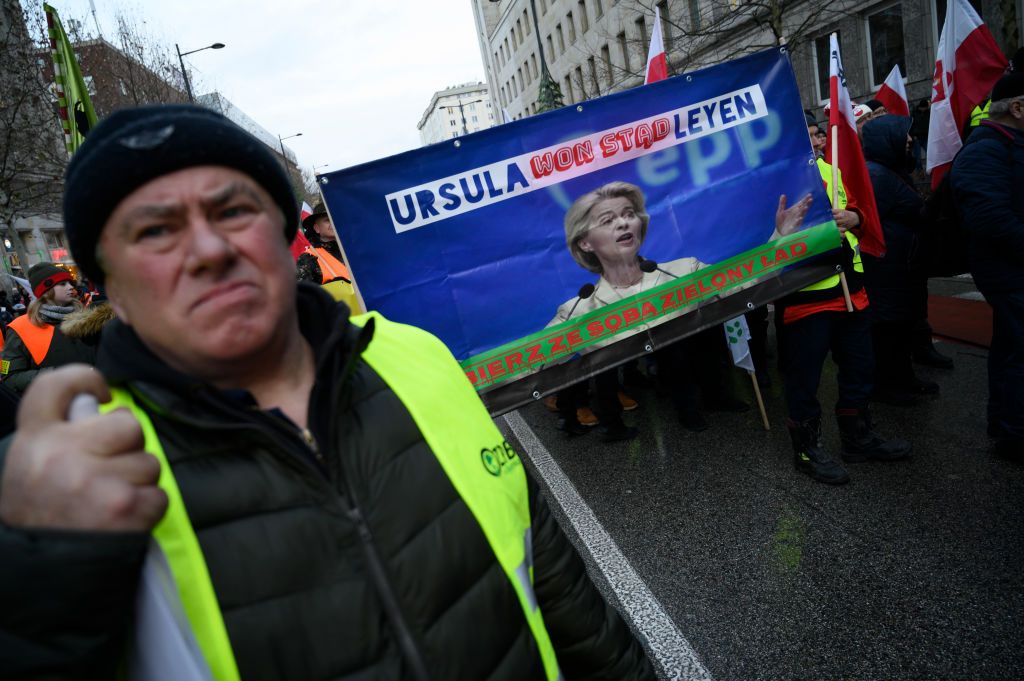
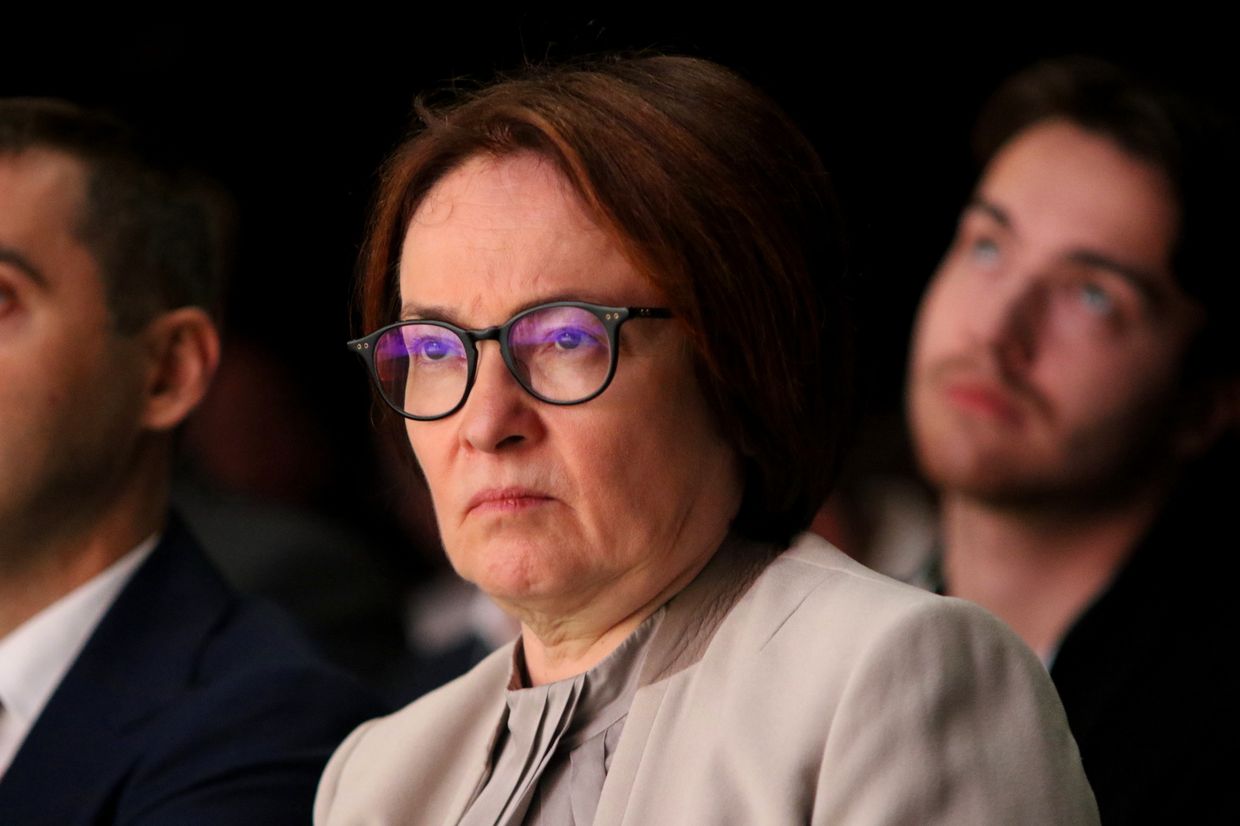

Elvira Nabiullina, the governor of the Russian central bank, is facing government pressure to reduce the high key interest rate imposed amid skyrocketing wartime inflation, Bloomberg reported on June 2, citing undisclosed sources.
The reason is the growing toll on the federal budget and civilian industries, three officials told Bloomberg, with some calling for the decision to be made at the bank's meeting on June 6.
Russia's central bank imposed a 21% key interest rate in October 2024 — the highest level since the early 2000s — to tackle surging inflation, which has dropped to 6.2% this April from 10.7% in January, according to Russian official data.
The high borrowing costs primarily impacted civilian industries unrelated to the Russian military-industrial complex, which has experienced growth amid Russia's record wartime spending, Bloomberg reported.
Nabiullina was seen as a key figure in helping the Russian economy stay afloat as the West imposed massive sanctions due to Moscow's full-scale invasion of Ukraine in 2022.
The bank governor has nevertheless faced backlash over her decision on borrowing costs. In January, Russian President Vladimir Putin voiced displeasure with the decline in private investment due to the high cost of credit.
After some positive signals earlier in 2025 due to U.S. President Donald Trump's outreach to Moscow and hopes for a ceasefire, more recent reports again indicate a sharp slowdown in Russia's economic growth.
Analysts have connected this development to the central bank policies, sanctions, low oil prices, supply difficulties, and high inflation.
 The Kyiv IndependentOleg Sukhov
The Kyiv IndependentOleg Sukhov


When JPMorgan assigned Ukrainian reconstruction 2-to-1 odds of failure, the world’s largest bank wasn’t just making a prediction about Ukraine’s future – it was essentially wagering against the same Ukrainian agency that has consistently defied institutional expectations.
The timing appears particularly significant. By 2025, Ukraine’s Western integration had gained substantial momentum: industrial partnerships employing 300,000 people, €326 billion in European defense spending including Ukraine, and institutional lock-in approaching irreversibility.
But JPMorgan’s pessimistic assessment doesn’t just predict Ukrainian failure – it could help cause it by constraining the very investment flows that enable Ukrainian agency to succeed.
When an institution managing $3.2 trillion makes such assessments, they influence insurance rates, loan guarantees, and foreign direct investment that could determine outcomes.
This isn’t theoretical. In February 2022, Western predictions of Ukrainian collapse created reluctance to provide robust support—ex-Foreign Minister Dmytro Kuleba described how German officials looked at him as if he were “doomed.” This pessimism delayed crucial early assistance, contributing to territorial losses that stronger initial support might have prevented.
JPMorgan’s economic pessimism now threatens similar delays in reconstruction funding.
The problem is that JPMorgan’s analysis repeats the same analytical errors that made Western institutions so wrong about Ukraine in 2022.
They consistently underestimated Ukrainian resilience while overestimating Russian strategic capabilities. The fundamental mistake is treating Ukraine as a passive object of great power competition rather than an actor shaping its own destiny.
When Russia launched its full-blown invasion in 2022, analysts assumed Ukraine would behave like a typical post-Soviet state—passive, corrupt, waiting for rescue, destined to fall while Russia captures the country in weeks.
Instead, Ukraine chose to fight, mobilize civil society, and transform its institutions while under bombardment.

Just yesterday, Ukrainian forces demonstrated this agency again with coordinated drone strikes against Russian strategic bombers deep inside Russian territory—the kind of operation analysts thought impossible three years ago.
However, in 2022, the false military predictions delayed crucial support, creating a self-fulfilling prophecy that Ukraine continues to defy at enormous cost.
JPMorgan’s current prediction—that Russia has a 2-to-1 chance of dragging Ukraine back into its orbit—repeats this analytical blind spot about Russian durability while overlooking Ukrainian institutional momentum that has proven remarkably resilient under extreme pressure.
JPMorgan’s prediction repeats an analytical blind spot about Russian durability while overlooking Ukrainian institutional resilience and momentum.
The bank’s track record on major predictions raises additional concerns.
When JPMorgan CEO Jamie Dimon predicted an economic “hurricane” in 2022 that never materialized, investors who followed his advice missed significant market gains. When the bank called Bitcoin a “fraud” in 2017 before eventually offering it to clients, the consequences were financial.
Now the stakes are higher—a country fighting for its survival depends on the investment flows their assessment could influence.
The bank divides Ukraine’s future into scenarios borrowed from other countries’ experiences: “South Korea” (15%), “Israel” (20%), “Georgia” (50%), and “Belarus” (15%).
The structure reveals their pessimism—negative scenarios representing 65% probability of Russian control versus just 35% for successful Western integration.
Their highest-probability Georgia scenario—reverting into the Kremlin’s orbit— draws on sophisticated analysis of institutional anchoring.
The logic flows from Georgia’s experience after 2008: initial Western aid and political support “stopped short of troops and security promises,” leading over time to “political instability and democratic erosion, fostered by creeping Russian influence.”
Eventually, this produced frozen EU accession and adoption of “Kremlin-style foreign agent laws.”
The economic mechanism they identify creates particular concern.
“Risk-averse investors could choose to avoid an unstable, security-fragile environment, limiting foreign direct investment.” High insurance costs and risk premiums could undermine competitiveness, while Ukraine might “re-open vulnerable trade corridors or informal dependencies linked to Russia.”
Their Belarus scenario (15% probability) demonstrates the extreme outcome—complete vassalization where Russia achieves its maximalist demands. The key insight connecting both scenarios: even strong pro-Western sentiment can fade “if not adequately reciprocated by Western institutions.”

JPMorgan’s structural analysis has merit, but applying Georgia’s trajectory to Ukraine overlooks critical differences that make historical analogies misleading guides for political forecasting.
Consider the vulnerabilities that enabled Georgia’s drift:

Ukraine presents fundamentally different structural characteristics:
Ukraine has already withstood pressures that gradually captured Georgia and completely overwhelmed Belarus, but at much higher intensity and longer duration.
The critical difference: Ukraine has already withstood pressures that gradually captured Georgia and completely overwhelmed Belarus, but at much higher intensity and longer duration.
However, JPMorgan’s framework assumes Ukraine will eventually succumb to pressures it has already proven capable of resisting at levels that destroyed institutional resistance elsewhere in the post-Soviet space.

JPMorgan’s scenarios assume current Western support could gradually fade, but examining actual commitments reveals integration approaching irreversibility. This isn’t potential future support being debated—it’s operational infrastructure already employing hundreds of thousands.
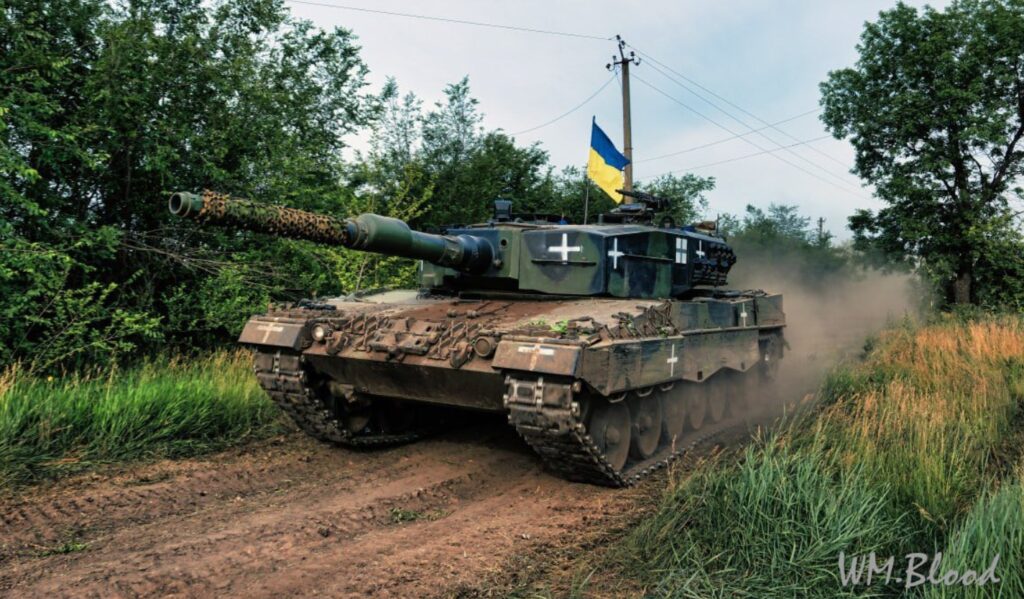
JPMorgan’s concern about Western fatigue deserves serious consideration—democratic societies do struggle with sustained commitments. But their model may underestimate how current integration creates constituencies for continued support.
Each arms factory employing local workers creates lobbying pressure for sustained partnerships. Each EU legal framework integrated into Ukrainian governance creates bureaucratic momentum. Each training program for Ukrainian personnel creates institutional relationships that transcend political cycles.
The contrast with Georgia is instructive: Georgia received aid but never achieved this depth of institutional integration.
By 2008, Georgia had bilateral relationships; by 2025, Ukraine has multilateral institutional embedding that would require deliberate dismantling by dozens of countries simultaneously.
JPMorgan assumes Russian economic pressure will eventually overcome Ukrainian resistance, but examining the underlying economic dynamics reveals a different trajectory emerging.
We’re witnessing a managed demolition of Russian imperial pretensions with Ukraine as both the primary instrument and beneficiary.
What we’re witnessing is a managed demolition of Russian imperial pretensions with Ukraine as both the primary instrument and beneficiary. Every sector where Russia has been sanctioned gets permanently replaced by Western competitors who develop their own lobbying power and political influence.

JPMorgan deserves credit for identifying a vulnerability that Western analysts often miss: states without firm institutional anchors can drift despite strong popular sentiment. Their insight about the relationship between security guarantees and economic confidence is particularly valuable.
The Georgia analogy captures an important dynamic—how gradual erosion can succeed where direct pressure fails. Their concern about Western fatigue over 5-10 years reflects a genuine understanding of how democratic attention spans work.
Where we disagree is not on the importance of institutional anchoring, but on whether Ukraine has already achieved sufficient integration to make drift unlikely.
The question their framework asks—will Western support prove durable enough?—is the right one. But examining the evidence suggests Ukraine’s anchoring may be stronger and Russian pressure more unsustainable than their model assumes.
Rather than whether Ukraine will drift into Russia’s orbit, the evidence suggests a different dynamic: Russia is the one under unsustainable pressure.
According to the fiscal data, Russia is burning through domestic resources at unprecedented rates while Ukraine builds permanent institutional ties with the West.
Each year of continued conflict accelerates Russia’s technological lag, demographic decline, and economic isolation while strengthening Ukraine’s Western integration.
Ukraine’s strategic orientation isn’t a future possibility being debated in scenario exercises—it’s an accomplished fact being implemented through billions in industrial infrastructure, EU legal frameworks integral to state functioning, and defense partnerships providing both security and economic opportunity.
The real risk is that JPMorgan’s assessment becomes reality through specific market mechanisms. Research shows that major financial institutions’ risk assessments create spillover effects on borrowing costs and investment decisions.
When the world’s largest bank assigns Ukrainian reconstruction coin-flip odds of success, that assessment influences concrete decisions: Lloyd’s of London adjusting insurance premiums for Ukrainian operations, development banks requiring higher risk assessments for reconstruction loans, and private equity firms avoiding Ukrainian partnerships despite profitable opportunities.
Financial institutions that bet against Ukrainian agency do so at their own peril. The institutional momentum is already substantial, the Russian pressure increasingly unsustainable. JPMorgan may find they’ve wagered $3.2 trillion in credibility against the same resilience that has already defied their expectations for three years.
The question isn’t whether Ukraine will follow Georgia’s path—it’s whether JPMorgan will recognize their analytical blind spot before their assessment becomes a self-defeating prophecy.